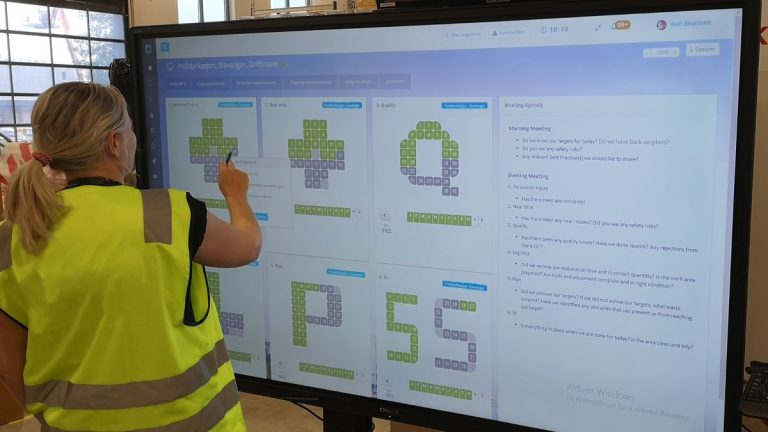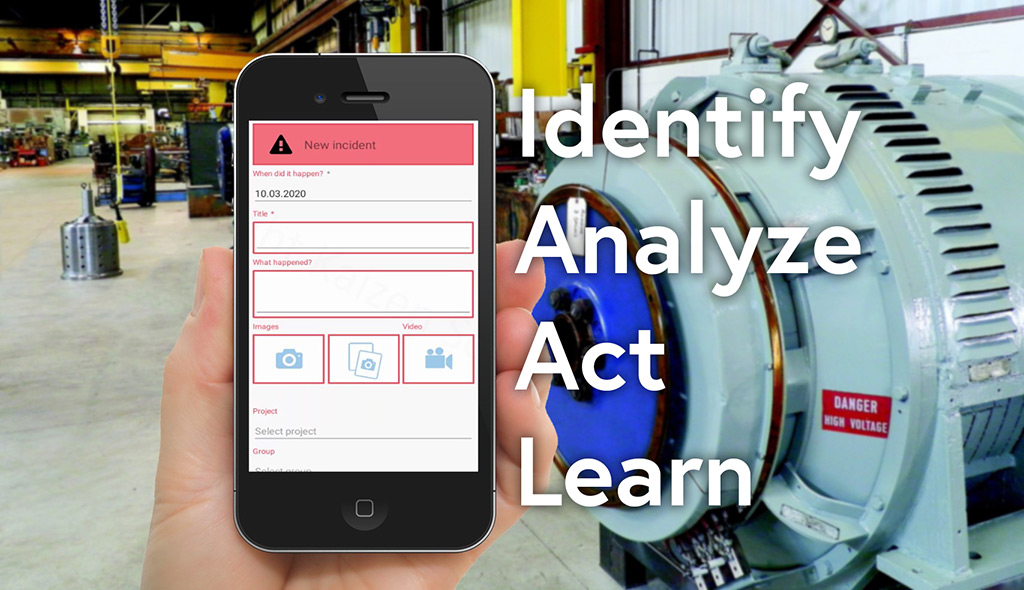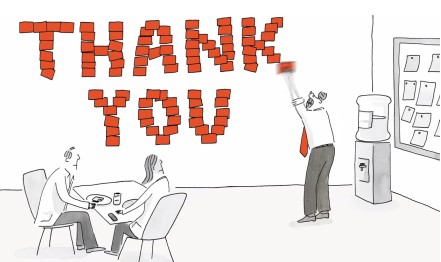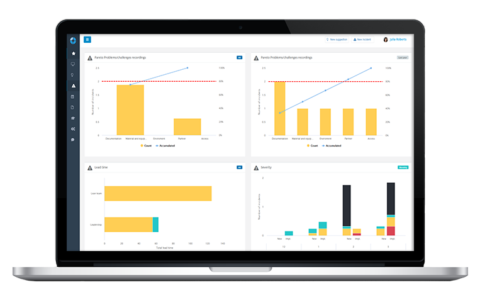- Product
Interactive boards. Fully customizable.
Capture, prioritize and follow up improvements.
Report and manage incidents. Visualize reports and statistics.
Operationalize your strategies and integrate your whole organization.
Access your tools in Microsoft Teams.
Customized templates. Problem solving, business development etc.
Manage project individually or in portfolios with visual and interactive tools.
Create and share best practices, one-point-lectures and standards.
Easy access to tasks, improvements and incidents.
Integrate DigiLEAN with your existing IT systems.
Meeting the demand of larger organizations.
High security level by default.
In less than 4 min
- Use Cases

Interactive tools for both shop floor and administration.
Visual project management.
Maintain standards. Manage incidents and discrepancies.
Manage tasks, integrate with problem-solving and continuous improvement.
Lean daily management tailored for healthcare.
Team task management, problem-solving and visualization.Case management, improvements, problem-solving, and strategy alignment.We have a LEAN solution for you too. Just ask!
We meet the demand of larger organizations.
- Pricing
- Shop Floor
- Product
Interactive boards. Fully customizable.
Capture, prioritize and follow up improvements.
Report and manage incidents. Visualize reports and statistics.
Operationalize your strategies and integrate your whole organization.
Access your tools in Microsoft Teams.
Customized templates. Problem solving, business development etc.
Manage project individually or in portfolios with visual and interactive tools.
Create and share best practices, one-point-lectures and standards.
Easy access to tasks, improvements and incidents.
Integrate DigiLEAN with your existing IT systems.
Meeting the demand of larger organizations.
High security level by default.
In less than 4 min
- Use Cases

Interactive tools for both shop floor and administration.
Visual project management.
Maintain standards. Manage incidents and discrepancies.
Manage tasks, integrate with problem-solving and continuous improvement.
Lean daily management tailored for healthcare.
Team task management, problem-solving and visualization.Case management, improvements, problem-solving, and strategy alignment.We have a LEAN solution for you too. Just ask!
We meet the demand of larger organizations.
- Pricing
- Shop Floor
Lean and common sense
Not all organizations have a high risk for personal injuries, but loss of production, disruption, degraded service etc. is equally unwanted. However, no one has ever accomplished zero incidents over time. Therefore, the focus on incident reporting and follow up is stronger now than ever.

There are many challenges related to incident management. First one is to build a culture in your organization where reporting incidents is encouraged. Fear of reprisal is the top reason workers don’t report incidents and management must see incidents and near misses as an opportunity to correct and improve processes.
The next thing is to make reporting possible, available and simple. There are at least two perspectives to deal with here; the reporter wants to add as little information as possible – “Just get it done!” – while the responsible for follow up typically needs more information, like context, location and categorization. DigiLEAN allows the customers to define their own incident types, categories, consequences and cause types themselves. Having relevant choices is a key factor to being utilized. However, the threshold for reporting an incident is even lower; the bare minimum input is date subject and category. This is of course also possible from the DigiLEAN mobile app! Adding photos or videos to the report is a natural addition that helps demonstrate the location and context of the incident.
What happens after a report is filed?
Nothing is more discouraging as if your input is disregarded, or rejected without reason. Is it because you reported it to the wrong instance? Do all reports go directly to your supervisor, even though the incident happened under somewhere else’s responsibility?
DigiLEAN allow the reporter to select which group or project to address the incident. Each person can track their own incident reports’ progress like a closed loop feedback. Employee recognition hits peoples higher level needs and doesn’t cost anything. In return you get appreciation and loyalty.

Dealing with reported incidents is a huge task. There might be many cases to take on, priorities must be made. Proper tools are essential to get things done and start off in the right direction.
Grouping, categories, severity, area and projects are metrics that helps sort and organize the incidents. Having custom categories ensure data consistency – a huge advantage working with important and critical tasks. Identifying consequences (personnel injury, lost production time, cost), performing root cause analyses and defining preventive or corrective actions are key elements in this phase. All of which can be done in multiple ways in DigiLEAN. Our flexible and dynamic A3 module is a perfect example of a tool that can solve many different tasks, along with 5 whys and fishbone diagram. If multiple tools are required or the task is complex enough, you can establish a project hub in our project module where all the documents and tools can be tied in to one place.
Are you really getting along with incident prevention and improvements?
There is no way to avoid statistics, KPIs, metrics, bar graphs and charts. DigiLEAN offers nothing less. Using DigiLEAN continuously for your incident reporting and prevention management tool automatically builds all your desired statistics and presents the reports in various charts.
- How is the trend of reported incidents?
- How do your organization perform in solving issues?
- What kind of incidents occur?
- Where do incidents occur?
DigiLEAN provides a vast variety of reports and insight based on progress status, severity, area, categories, incident types. In addition, DigiLEAN users can create their own dashboards combining this with other elements.
If you want to know more or would like an online demonstration of DigiLEAN, please contact us!

